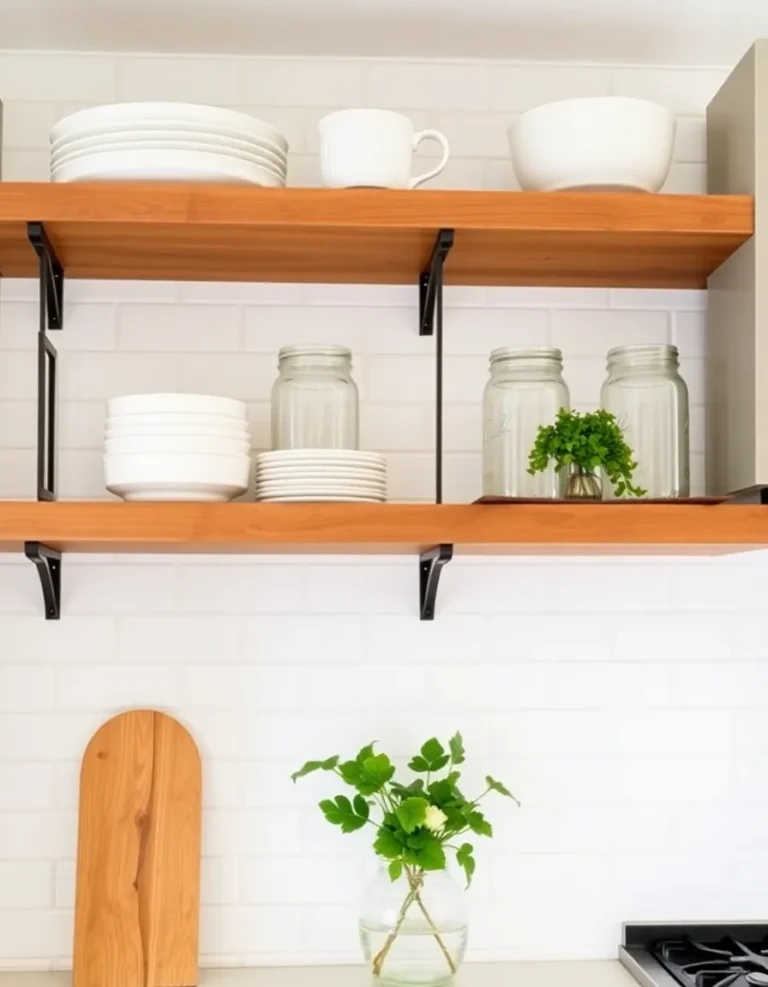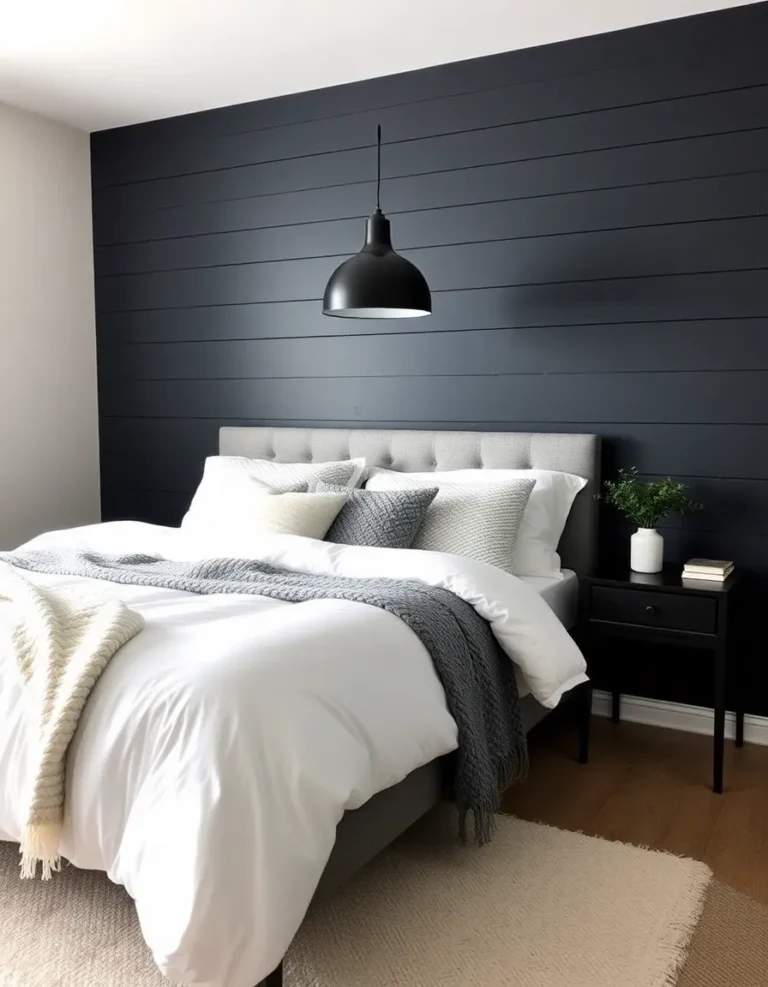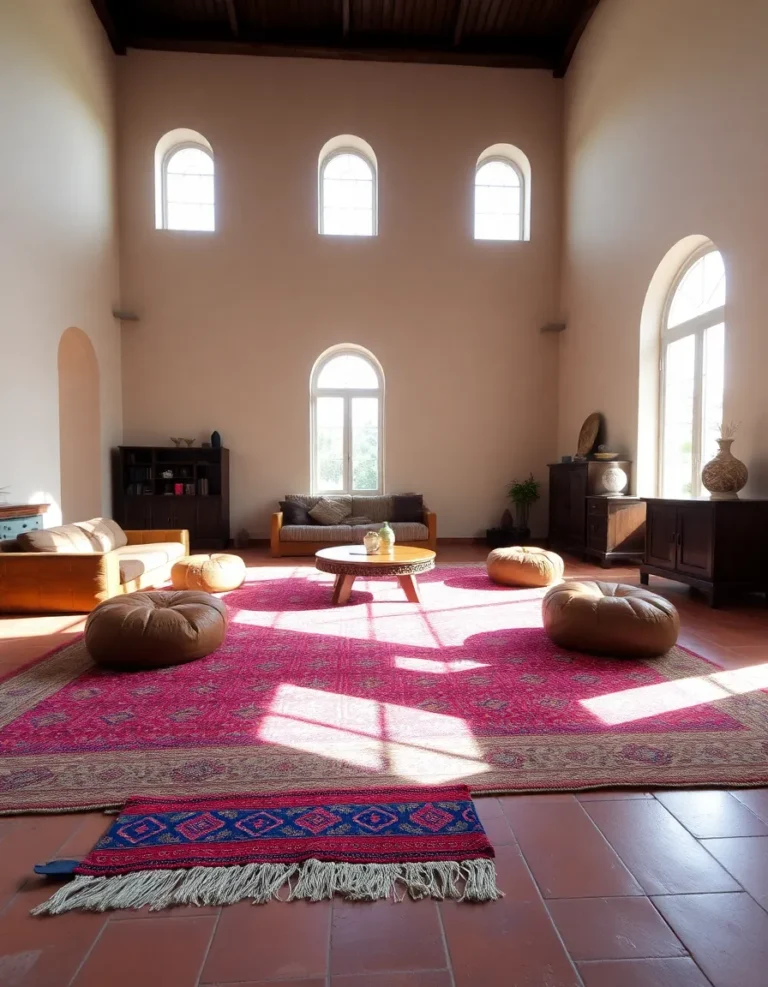Choosing the Right Furniture: Distressed Wood and Vintage Finds
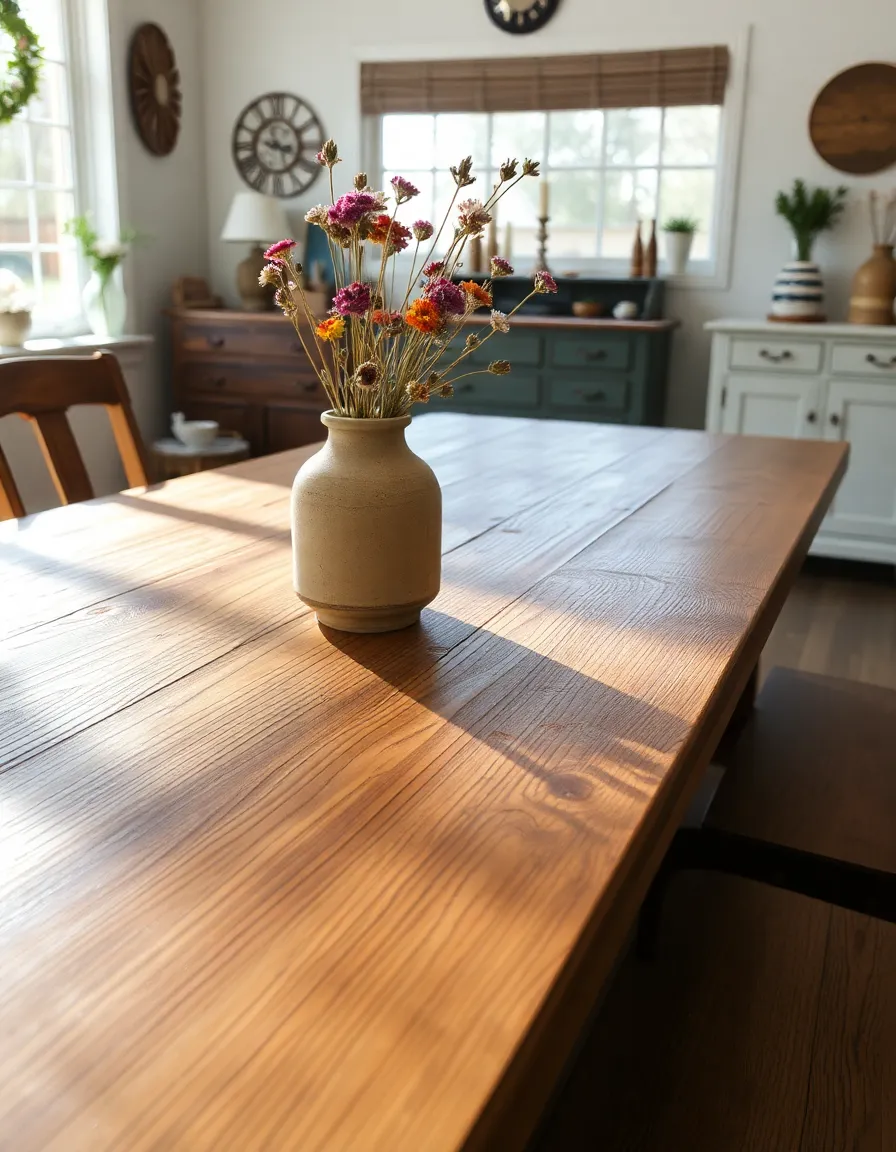
Hey there, fellow furniture lover! If you’re anything like me, you’ve probably spent way too much time scrolling through Pinterest or Instagram, drooling over those perfectly imperfect distressed wood tables and vintage finds that make a space feel lived-in and full of character. But here’s the thing—choosing the right pieces isn’t just about grabbing the first chunky wooden table you see at a flea market (though, let’s be real, that’s how half of my collection started). It’s about knowing what works for your space, your style, and—let’s not forget—your sanity when it comes to maintenance.
So, why distressed wood and vintage? Well, because nothing says “I have taste but also a soul” like a piece of furniture that looks like it’s been through a few lifetimes. Whether you’re going for a farmhouse vibe, industrial chic, or just want to add some warmth to a modern space, distressed wood and vintage finds can be your secret weapon. But before you go all-in on that “rustic charm,” let’s break down how to choose the right pieces without ending up with a living room that looks like a barn exploded in it.
And hey, if you’ve ever brought home a “vintage treasure” only to realize it’s just an old, wobbly chair with questionable stains… well, you’re not alone. Let’s make sure your next find is a keeper.
1. The Allure of Distressed Wood: Why We Can’t Get Enough
There’s something about distressed wood that just feels right. Maybe it’s the way it tells a story without saying a word, or maybe it’s because we’re all secretly tired of IKEA’s pristine, scratch-free surfaces. (No shade, IKEA—I still love you.) Distressed wood brings texture, warmth, and a sense of history to a room that new furniture just can’t replicate.
But not all distressed wood is created equal. Some pieces are carefully hand-finished to look weathered, while others are, well, actually weathered. The key is knowing the difference. A well-done distressed piece will have intentional wear patterns—think subtle scrapes, uneven staining, and softened edges—while a poorly done one might just look like someone took sandpaper to it in a fit of rage.
And let’s talk about versatility. A distressed wood coffee table can work in a modern loft just as well as it does in a cozy cottage. It’s all about balance. Pair it with sleek metal accents for an industrial feel, or soften it up with plush textiles for a more relaxed vibe. The possibilities are endless, which is why we keep coming back for more.
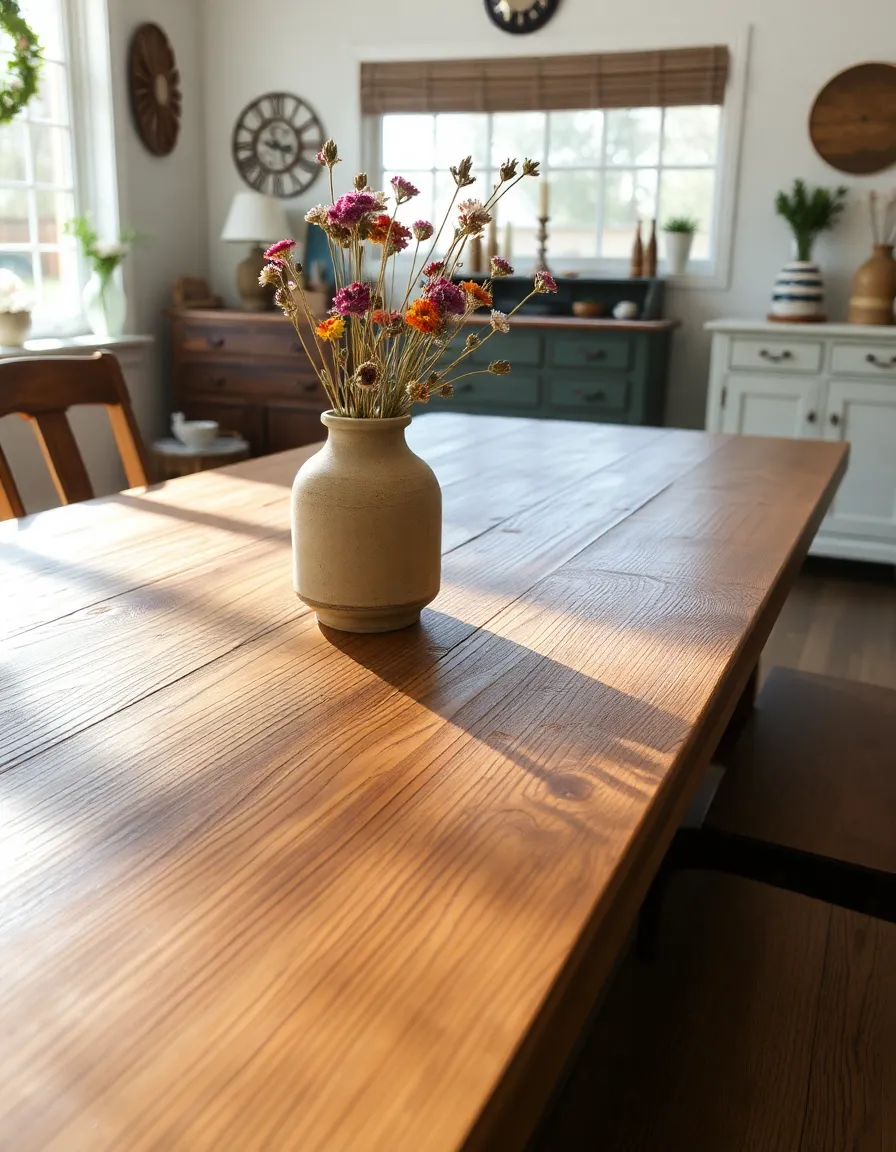
2. Hunting for Vintage Finds: Where to Look and What to Avoid
Alright, let’s get real—vintage shopping can feel like a treasure hunt where half the “treasure” is actually junk. But when you score that perfect mid-century dresser or an Art Deco mirror, it’s pure magic. So, where do you start? Flea markets, thrift stores, and estate sales are obvious go-tos, but don’t sleep on online marketplaces like Facebook Marketplace or Etsy. Just be prepared to sift through a lot of… questionable listings.
When you’re out hunting, keep an eye out for solid construction. Vintage doesn’t have to mean “falling apart.” Check for dovetail joints in drawers, sturdy legs, and minimal wobble. And please, for the love of all things holy, avoid anything with a strong musty smell unless you’re ready for a DIY rescue mission involving vinegar and patience.
Oh, and pro tip: Bring a tape measure. Nothing ruins the high of a great find like realizing it won’t fit in your space. Trust me, I’ve been there, and it’s not pretty.
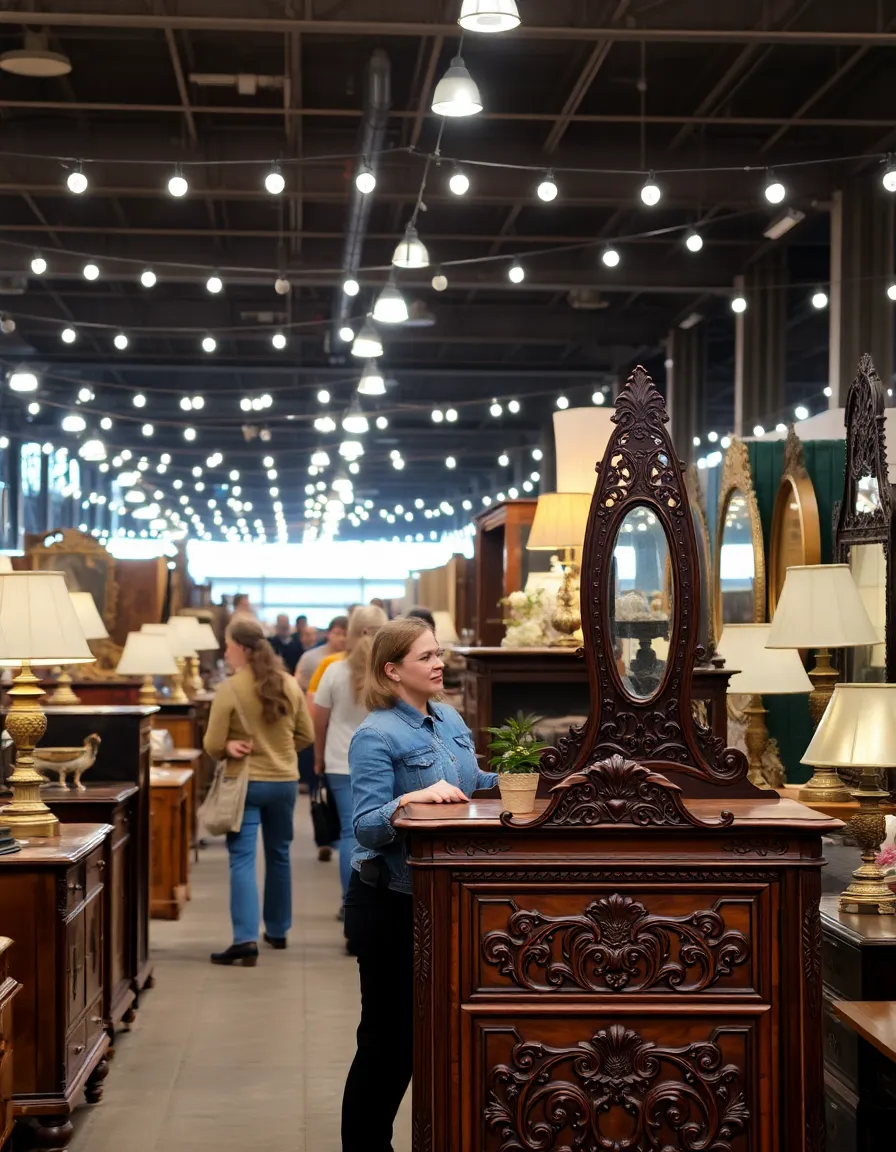
3. Mixing Distressed Wood and Vintage with Modern Decor
Here’s the thing—unless you’re going full-on “grandma’s attic” (which, hey, no judgment), you probably want to mix your distressed wood and vintage finds with some modern pieces. The contrast is what makes it interesting. A sleek, minimalist sofa paired with a chunky, weathered coffee table? Chef’s kiss.
But how do you keep it from looking like a random mashup? Start with a neutral base—think white walls, simple flooring, and clean-lined furniture. Then, layer in your statement vintage and distressed pieces. The modern elements will keep the space feeling fresh, while the vintage touches add soul.
And don’t be afraid to play with materials. Metal, glass, and even acrylic can balance out the heaviness of wood. Just remember: Less is more. You want your vintage pieces to shine, not fight for attention.
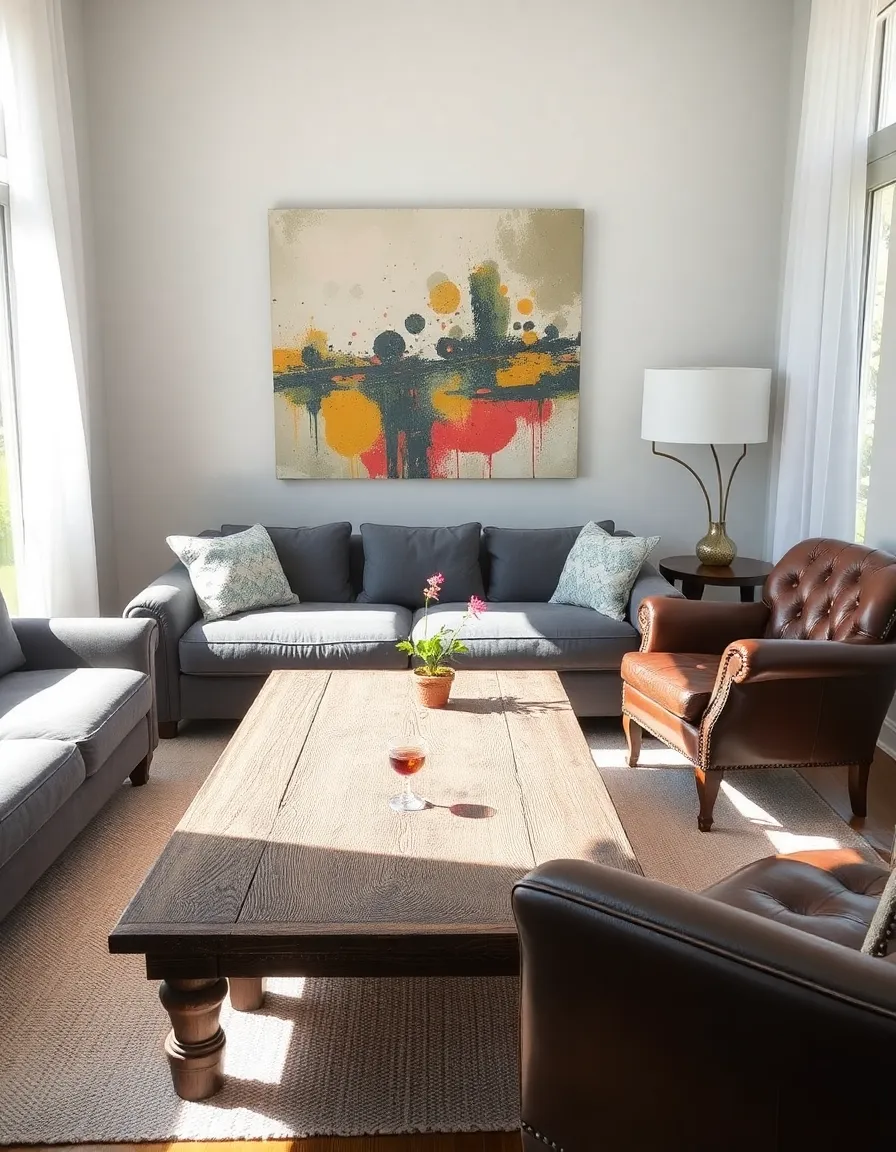
4. DIY Distressing: How to Fake the Look (Without Ruining Your Furniture)
Okay, let’s say you’ve fallen in love with the distressed wood aesthetic but don’t want to drop serious cash on an antique. Or maybe you’ve got a boring IKEA piece that’s begging for some character. Enter: DIY distressing. Yes, you can absolutely make new wood look old, and no, you don’t have to be a master craftsman to pull it off.
Start with a solid wood piece—laminate won’t distress well, so save yourself the heartache. Sandpaper, chains, hammers, and even vinegar can be your tools of choice. The goal is to create natural-looking wear, so focus on edges, corners, and high-traffic areas. And for the love of all things holy, don’t overdo it. A little goes a long way.
If you’re feeling fancy, try a two-tone stain technique for extra depth. Dark stain in the grooves and a lighter one on the raised areas can make even the most basic piece look like a vintage find. Just don’t blame me when your friends start asking where you “found” it.
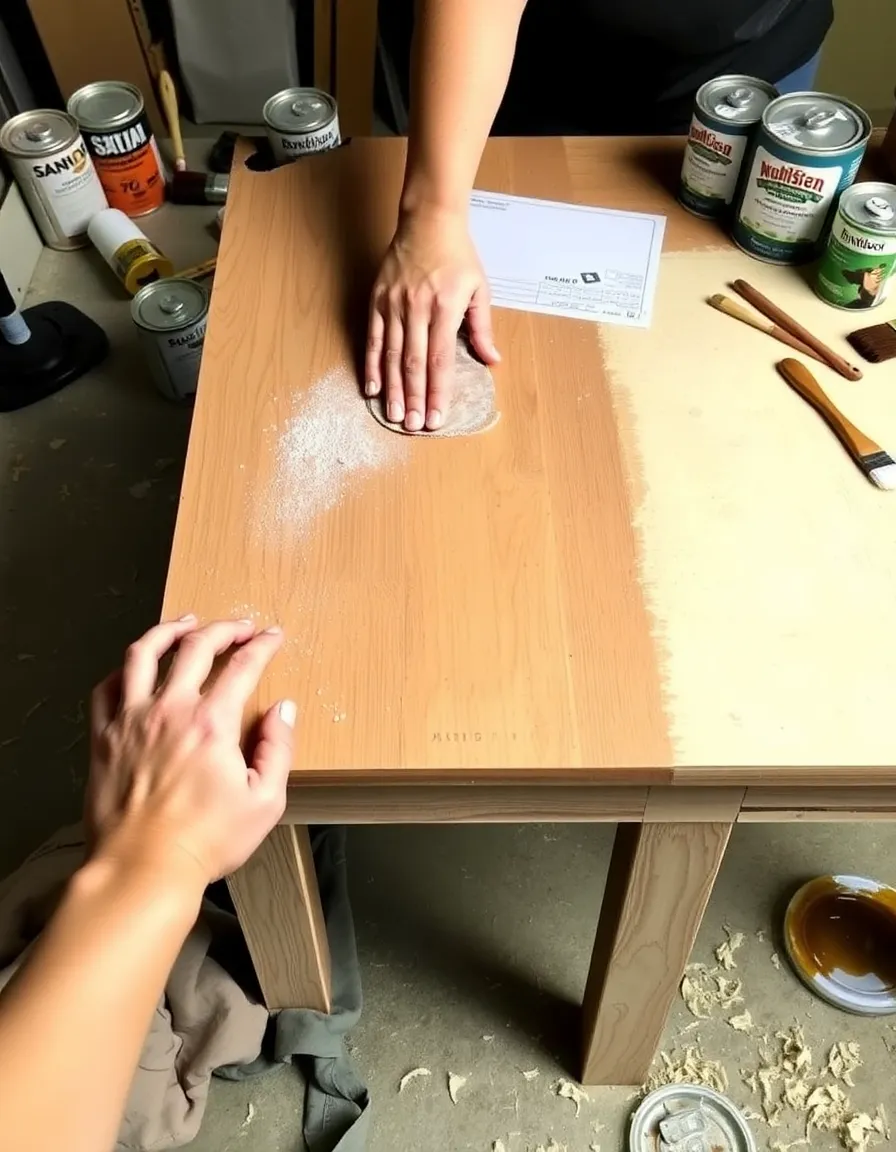
5. Caring for Your Distressed and Vintage Furniture
So you’ve scored the perfect distressed wood table or vintage armchair—now what? Unlike that particleboard desk from your college days, these pieces need a little TLC to stay looking their best. But don’t worry, it’s not as high-maintenance as it sounds.
For distressed wood, a simple dusting and occasional polish with beeswax or a wood conditioner will keep it from drying out. Avoid harsh chemicals—remember, the charm is in the imperfections. For vintage upholstery, spot cleaning and gentle vacuuming are your best friends. And if you’re dealing with squeaky drawers or wobbly legs, a little wood glue and patience can work wonders.
Oh, and one last thing: Embrace the wear. These pieces are meant to look lived-in, so don’t stress over every scratch or dent. In fact, the more character they accumulate, the better they’ll look. IMO, that’s the whole point.
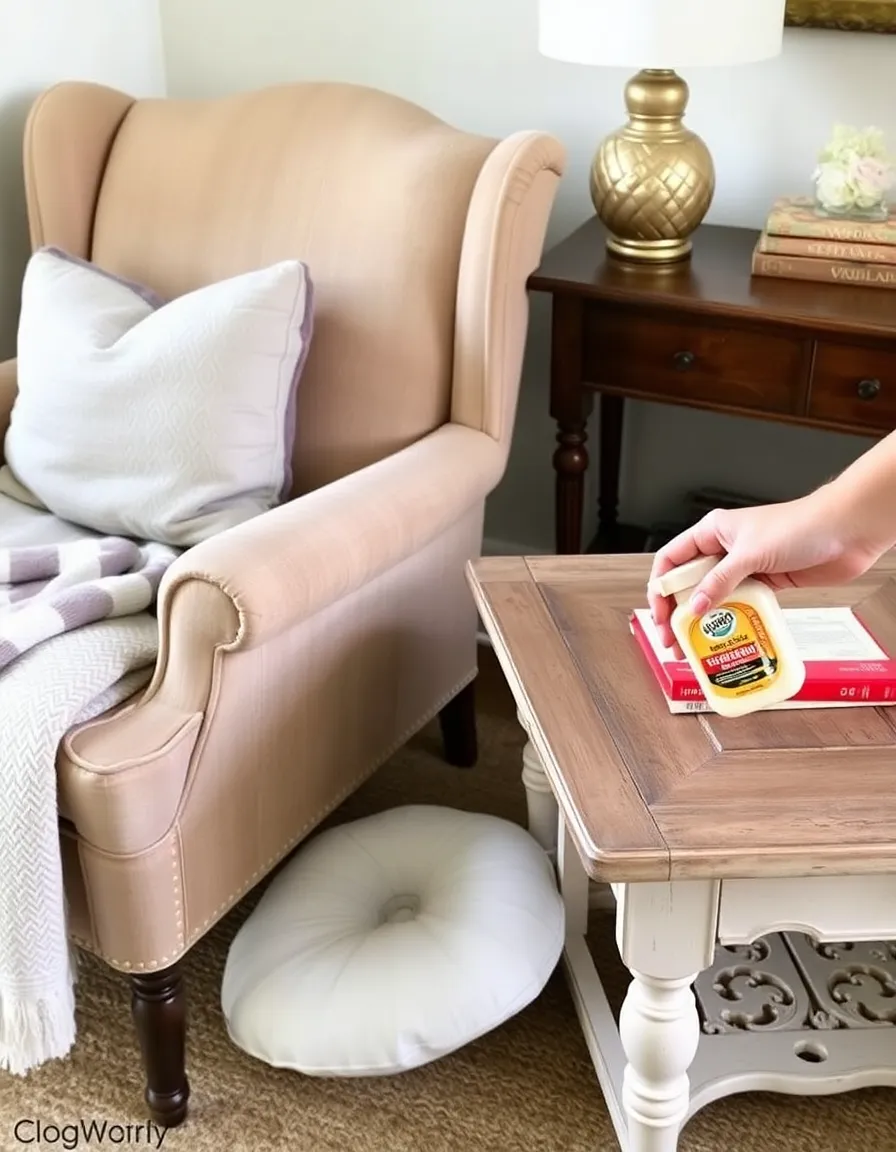
And there you have it—your crash course in choosing (and loving) distressed wood and vintage furniture. Whether you’re a seasoned thrifter or just dipping your toes into the world of weathered finishes, the key is to have fun with it. Your home should tell your story, and what better way to do that than with pieces that have a little history of their own?
Now go forth and hunt for those treasures. And if you end up with a questionable “vintage” piece that you’re not sure about… well, that’s what paint and DIY tutorials are for. Happy decorating! 🙂

